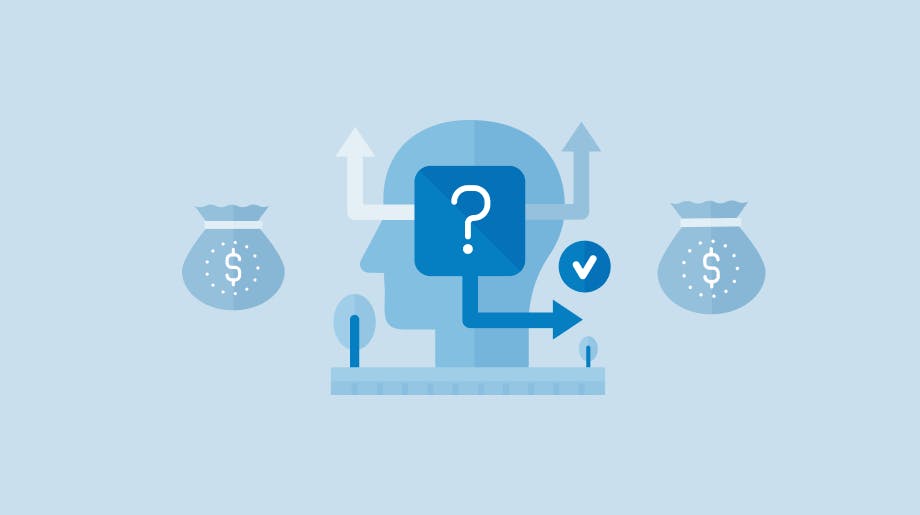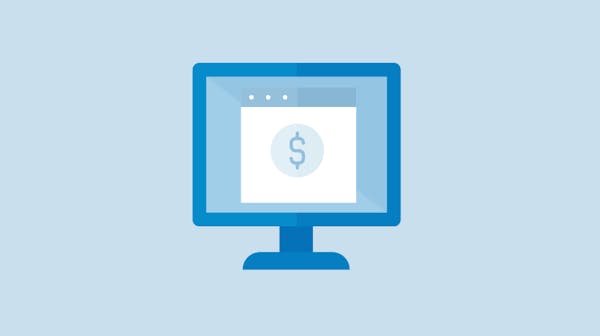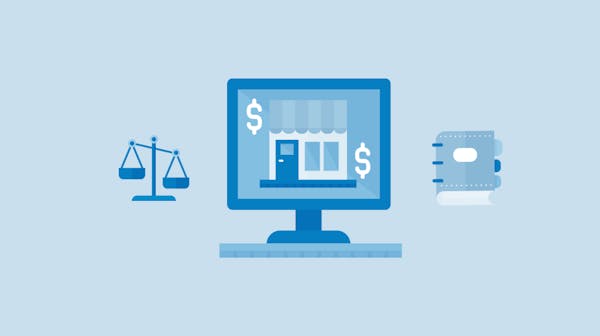Are you a freelancer, starting out and building your own business? There is also an important and for many perhaps even stressful part - pricing. It's not just about the initial setup, but also adjusting when necessary and when the market changes. And thanks to inflation and rising prices, even small business owners have to take the approach of increasing the prices of products and services. We'll give you some tips on initial setup and external communication in the event of an increase in this article.
How do I set up a price list?
→ Costs
The basic step in creating a price list is to list all costs clearly and clearly. These include recurring expenses, such as rent for the premises, as well as one-off ones (purchase of equipment and technology, etc.).
Example of recurring costs:
- Rent
- Salary of employees (or you as an entrepreneur)
- Your own insurance and levies (or taxes)
- Depreciation of equipment
- Office equipment (maybe even coffee)
- Travel costs
- Materials
Example of one-off costs:
- Purchase of equipment (printers, etc.)
- Office/studio/space equipment
- Business license
- Courses
→ Scope of work
Not only how many hours you want to work per day, but also how many hours you can realistically work is an important item in pricing. If you're paid hourly as a freelancer, it's important to remember that these are mostly real hours worked, and very rarely is it 8 hours of work per day (an employee spends 8 hours at work per day, but how much of that is actually working?).
→ Competitor prices / industry average
Do you know where to rank your service or product? Do you have an established name, or are you just starting out and trying to break through? What is your added value compared to the same product/service from your competitors? What is the market demand and supply for your service or product? Does the product have any artistic or authorial value? If you can objectively place yourself on the axis of the competition, you'll get a little guidance on pricing.
→ Hourly rate
Let's show this with the example of a freelancer. If your business and living expenses are, for example, 50k per month and you know you can work 130 hours per month, your hourly rate should be 385 CZK.
💡InvoiceOnline.com tip: Set a minimum amount of time to work. For example, 15 minutes, which you will charge even if the activity is only 10 minutes (unless the task can be added to a longer period of time that you dedicate to this client). After all, you have to concentrate on even such a small task, make yourself clear on the information, etc.
→ Price increases
As a business, if you are forced to raise prices, it is always a good idea to be transparent. Explain to clients/customers why this is happening, what part of the input costs have increased on your side, etc. Another point is also timely information. If you have materials and other things needed for the job in some quantity bought in stock, you can estimate early on when the increase will happen.
Are you also one of those entrepreneurs who struggle with nervousness when it comes to pricing your own goods/products, or are you very good at calculating what the real value is and thus the corresponding price of what you offer? Are you missing some other point for better pricing? Let us know.




